As expected, our hunt for new door handles is turning out to be slightly more difficult than we would like. On most doors, we still have the art nouveau door handles but sadly some of them have been replaced with ugly cheap ones and we now have to find 13 new ones to match the original period ones.
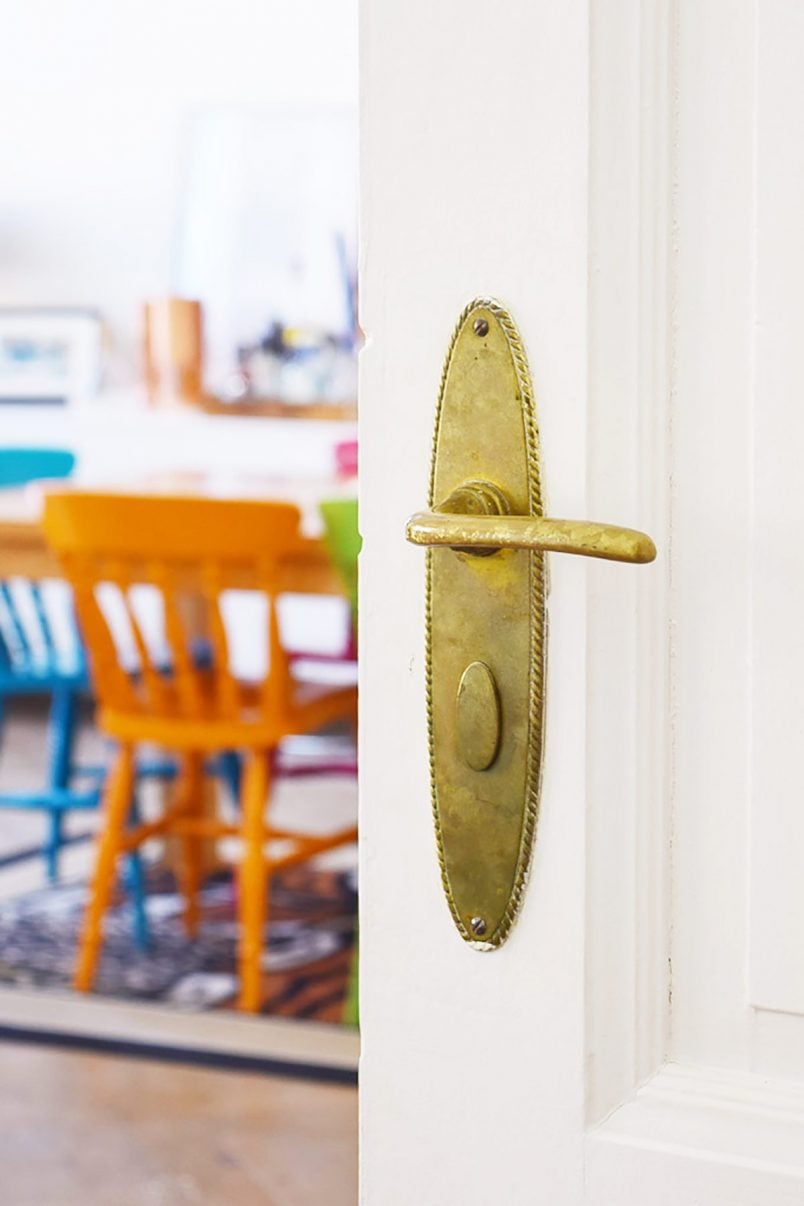
I still have no idea why anyone would ever remove original features especially as the original door handles we’ve been looking at cost in excess of 100€ – each! Yikes!
While we’re still searching for new handles we figured that it was about time that we at least made the most of the ones we do have! They’re all in a good condition but they have been neglected, painted on and overall could all do with a really good clean.
While doing some research on how to clean brass I came across loads of different methods and it started to feel a bit overwhelming. Sometimes there’s just too much information out there and it can be difficult to sift through all the different options to find out which is best for you.
How do you know which method is best? Well, we didn’t and we figured we couldn’t be the only ones confused by all of the different ways to clean brass so we thought we’d just try them all! A lot of the methods we tested just use household products that you probably have lying around!
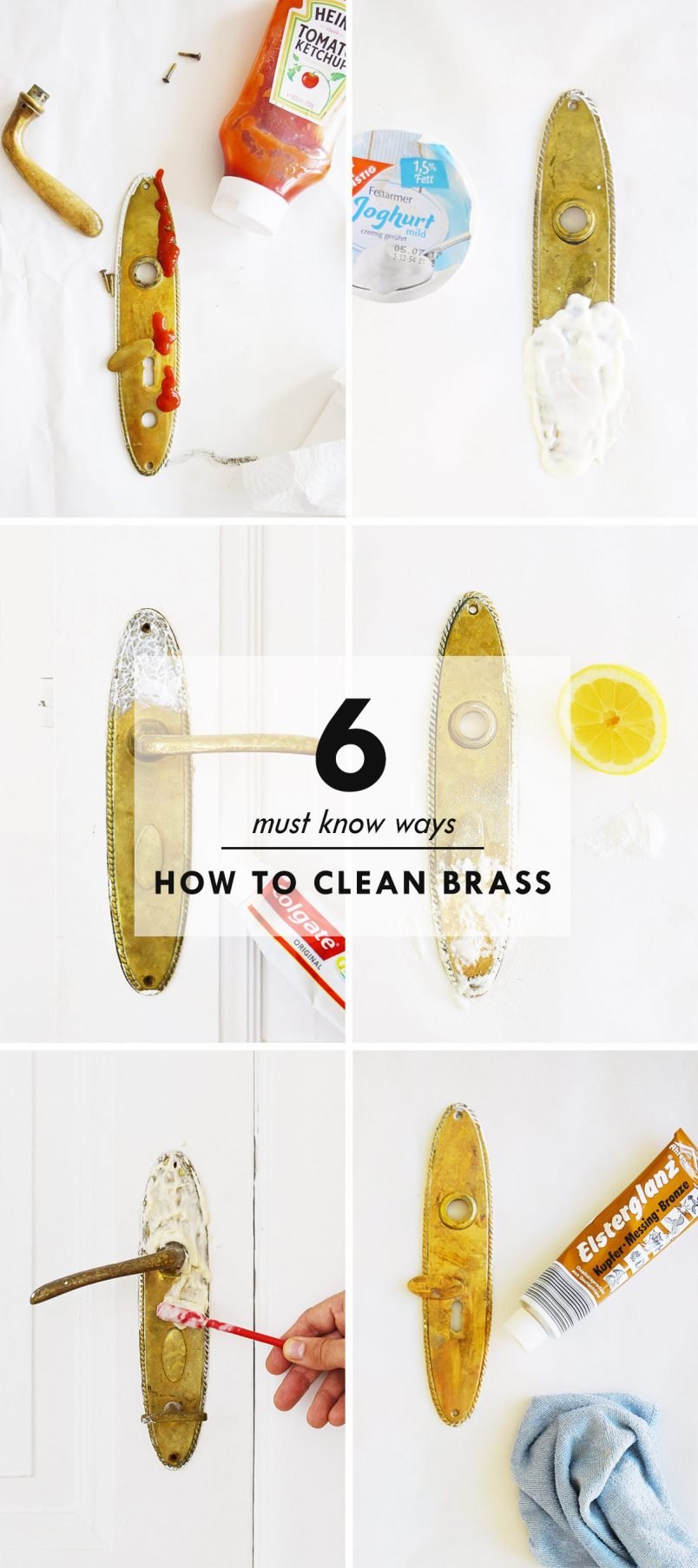
Yep, I tried every method I read about! And if you’re wondering about the best way how to clean brass hardware here are our results!
1. How To Clean Brass with Tomato Ketchup
It felt very weird squeezing some tomato ketchup onto a door handle and even as I was applying it honestly felt like it was a method that just couldn’t work.
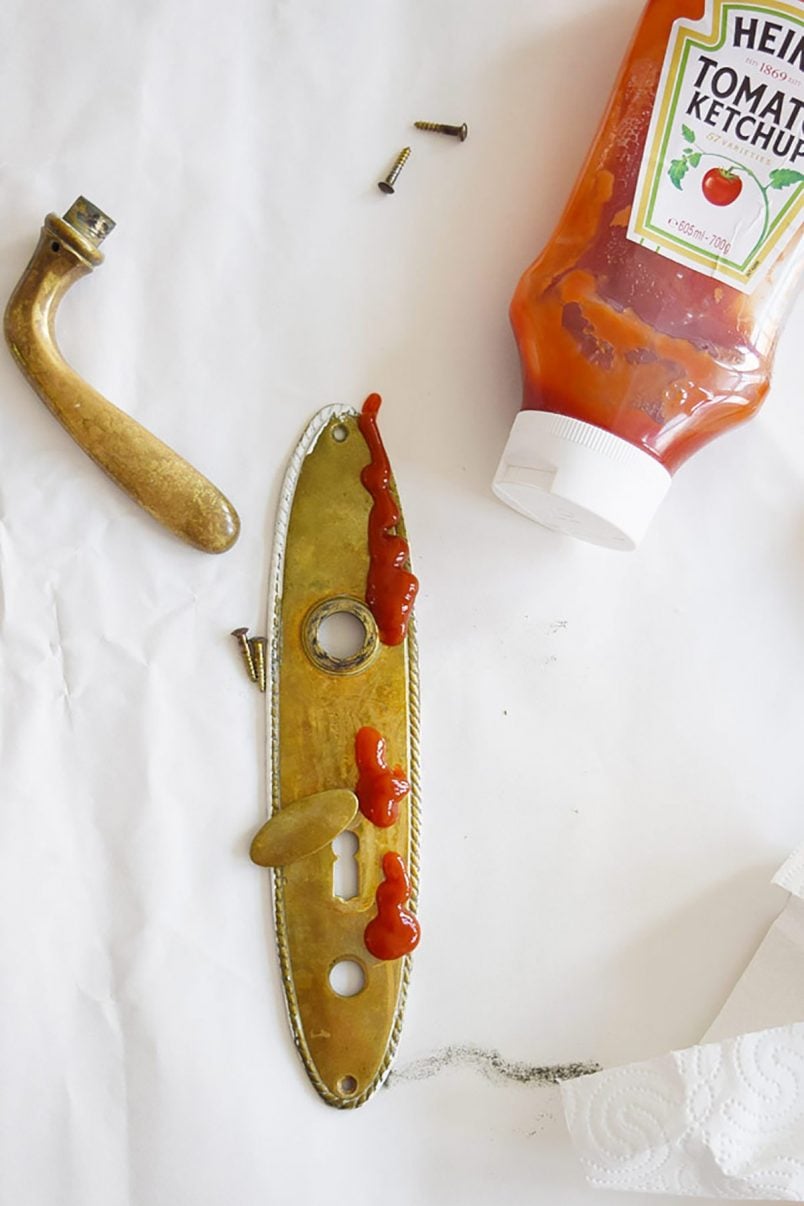
After wiping the ketchup over the door plate I left it to work. Surprisingly, after just 5 minutes I could already see the brass change colour and being impatient as usual, I rubbed it off about 10 minutes later. I’d still not expected to see a big change but just look at the difference!
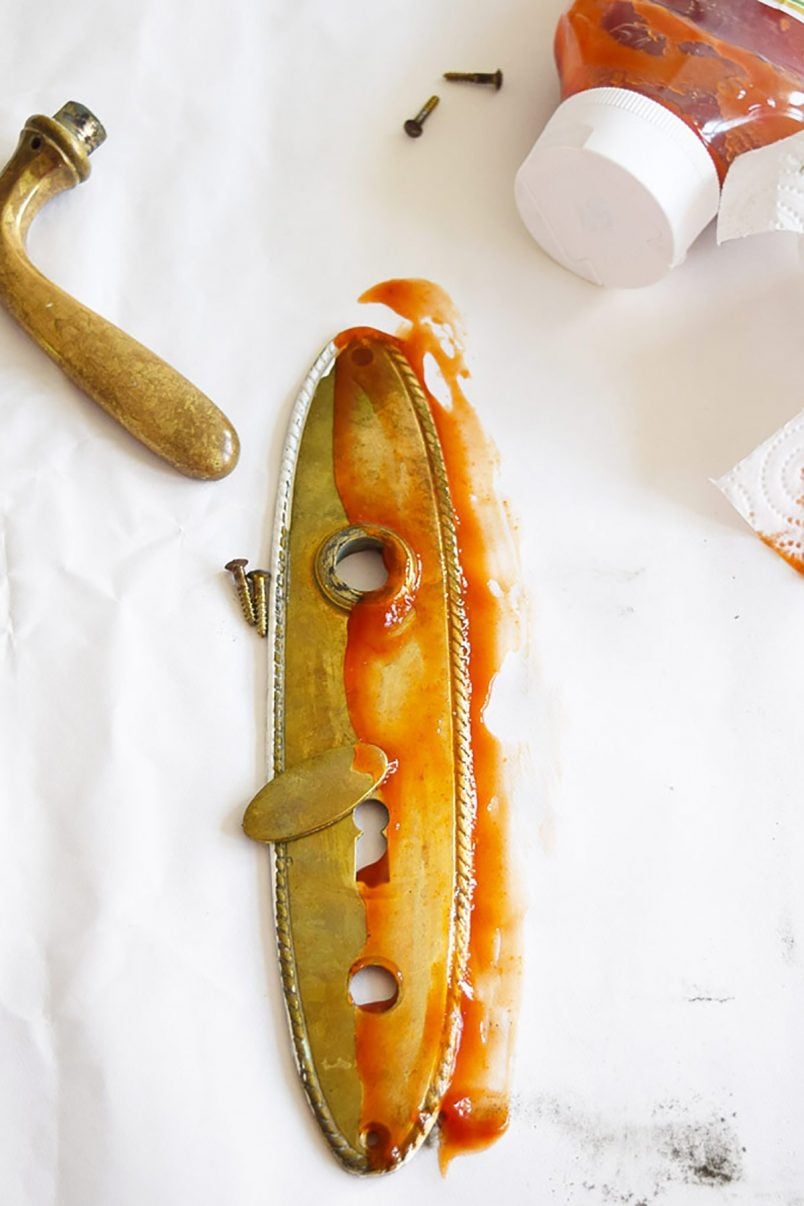
That’s the result with no scrubbing or rubbing at all – I literally just wiped off the ketchup!
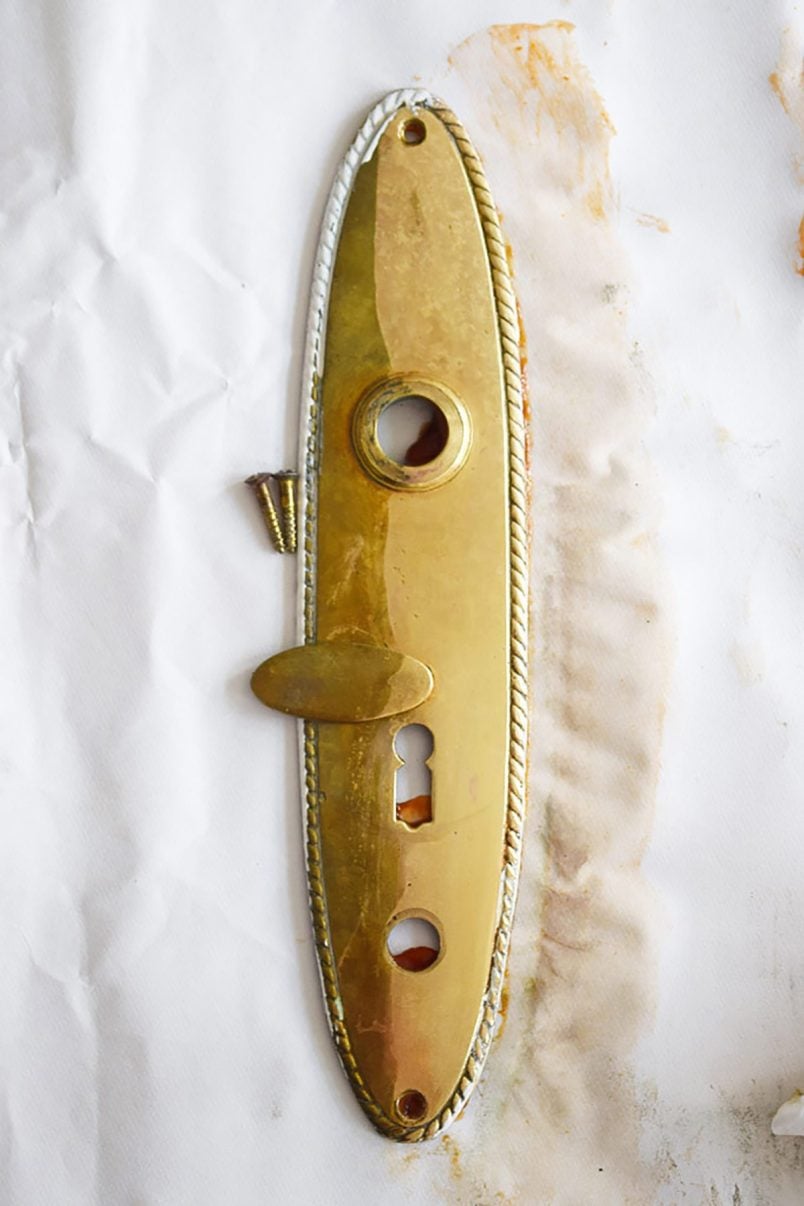
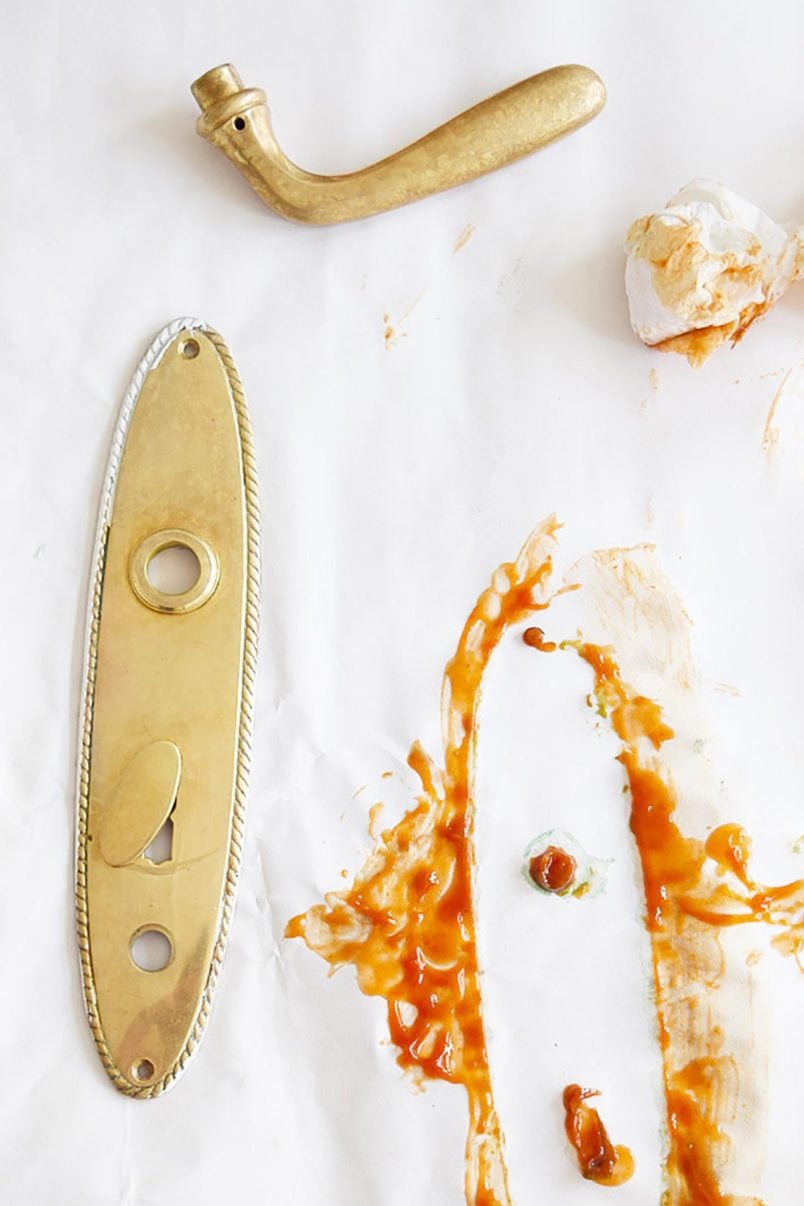
2. How To Clean Brass with Yoghurt
Yep, it just keeps getting weirder! I’d read how sour milk, buttermilk and yoghurt could all work when cleaning brass. We figured they all work in a similar way (I assume it has something to do with the acidity in all of them) so we tried to clean our brass with yoghurt.
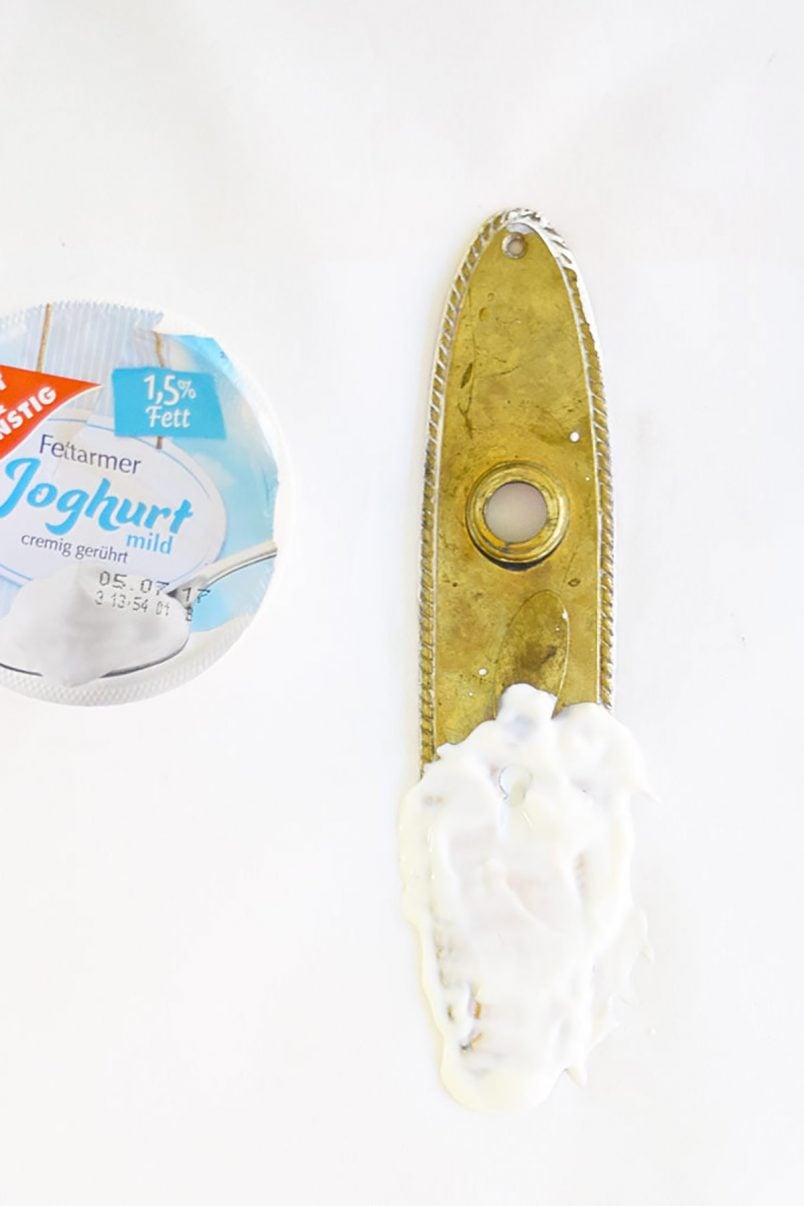
We applied a layer of yoghurt onto the plate and let it rest for around 10 minutes before rinsing it under water and rubbing the plate dry.
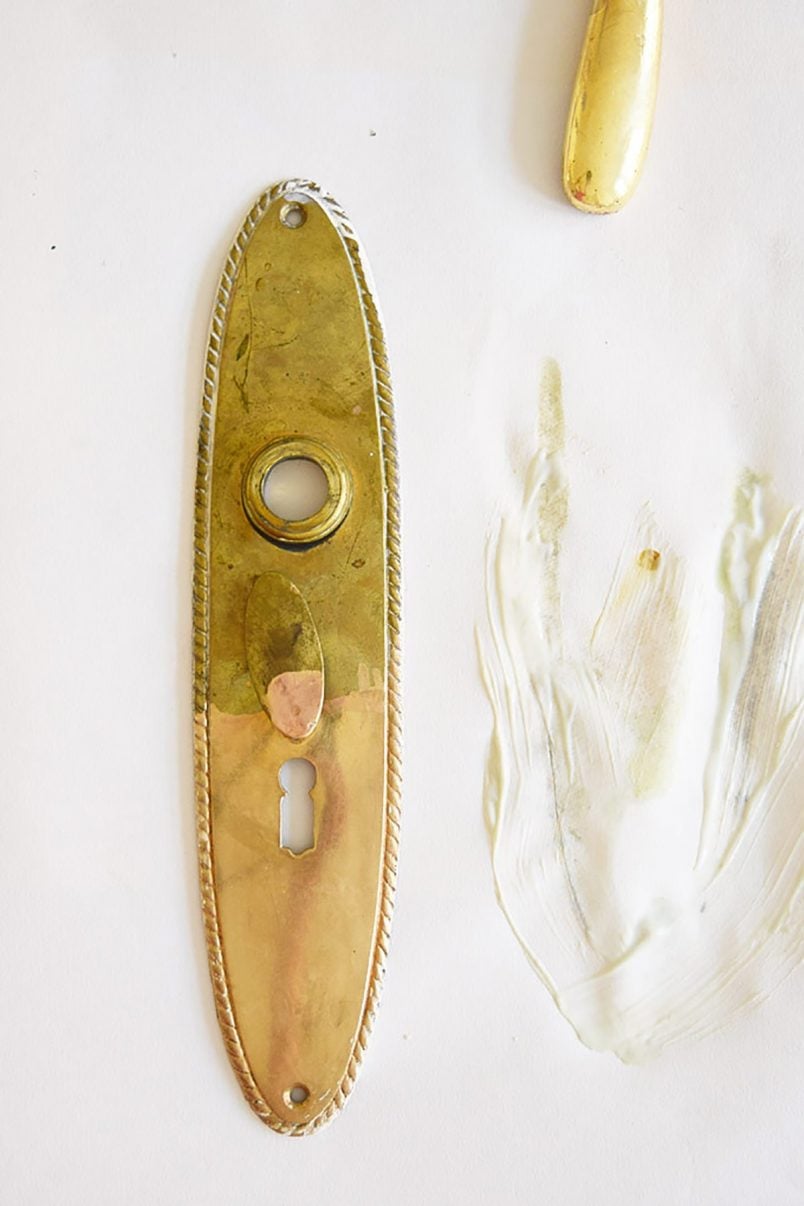
As you can see, this method worked surprisingly well, too and there was no scrubbing involved at all!
3. How To Clean Brass with Salt, Flour & Vinegar
Sticking with the theme of using food to clean brass the next method we tried was a thick paste made of roughly equal parts of salt, flour and vinegar.
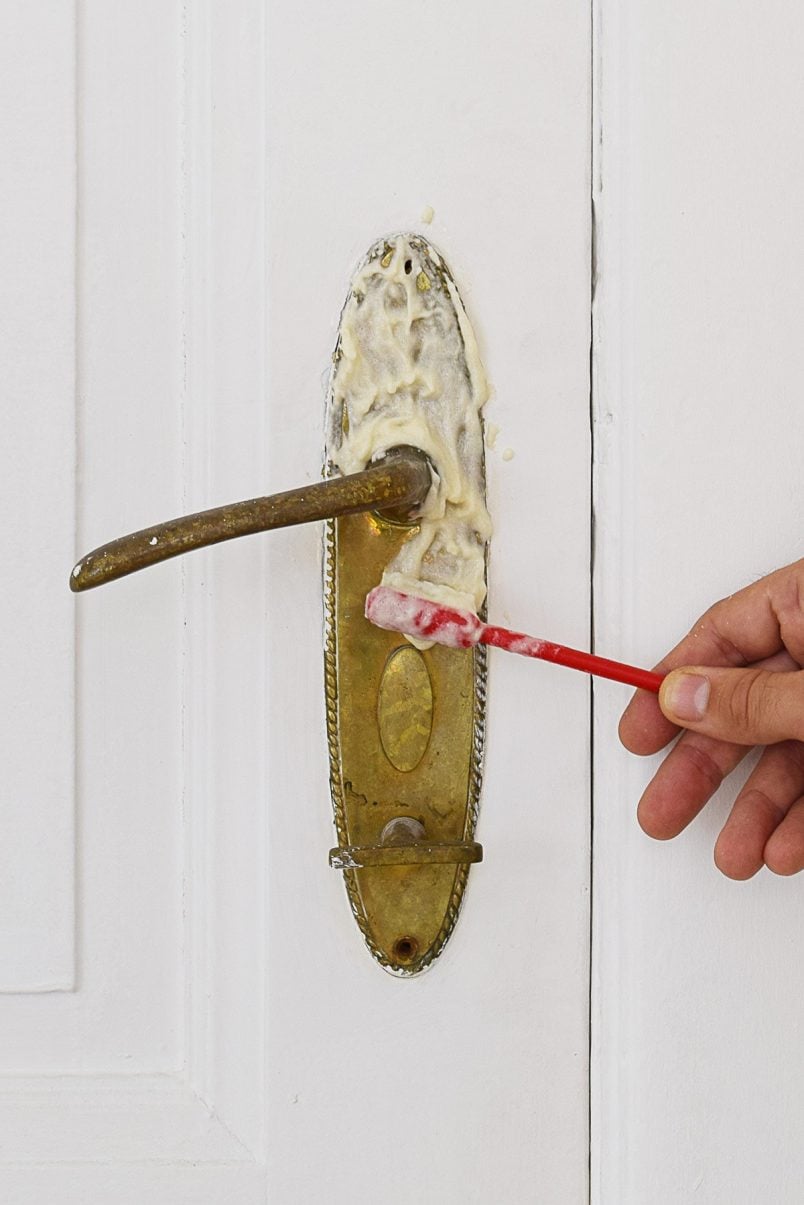
I rubbed in the paste with a toothbrush and then waited about half an hour before cleaning the door handle and patting it dry with a soft cloth. I have to admit, that I was a bit nervous about this method as I’d read that brass can easily scratch and I was worried that the salt might be too abrasive. It was also a bit of a sticky mess.
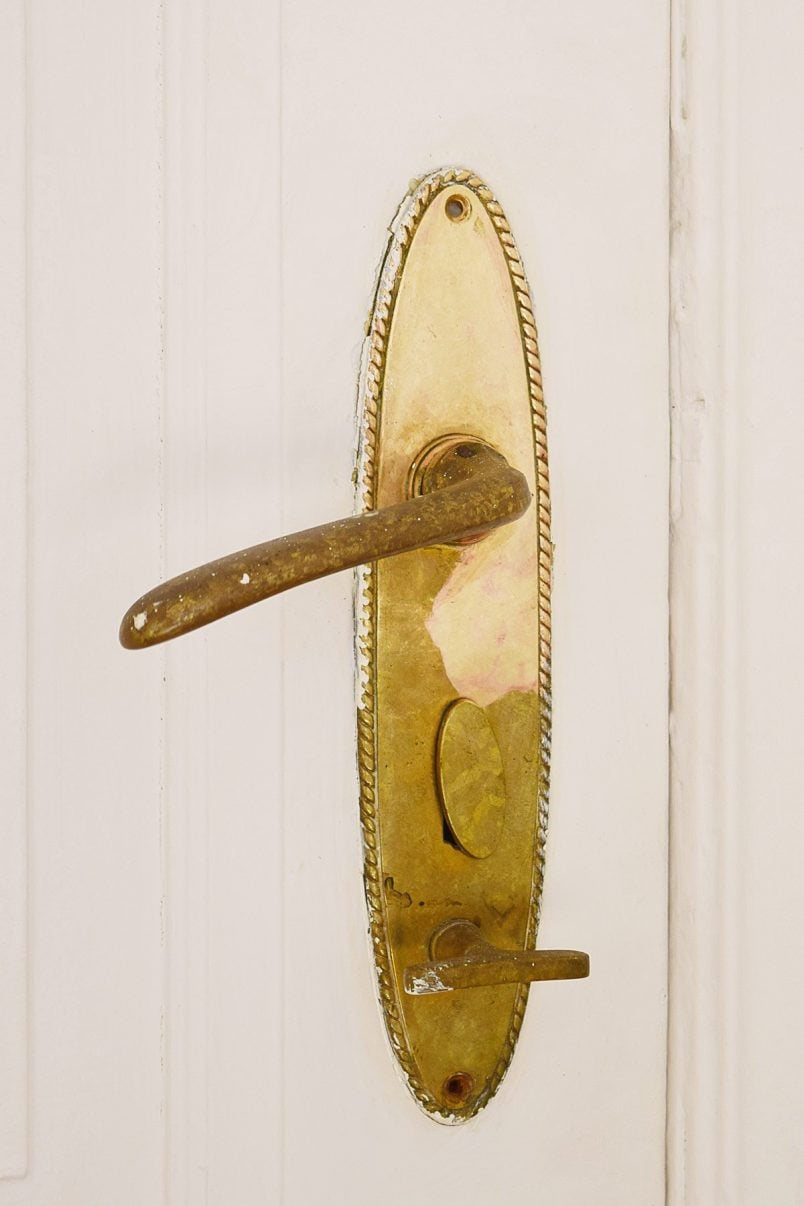
I only used a fine salt and didn’t rub on the mixture as I was worried about scratching the brass but as you can see, the mixture worked really well. It was a bit smelly though!
4. How To Clean Brass with Lemon Juice & Baking Soda
This method is very similar to the flour, vinegar and salt cleaning method that I just mentioned. I used about half a lemon and a teaspoon or so of baking soda to make a thickish paste which I then rubbed all over the brass.
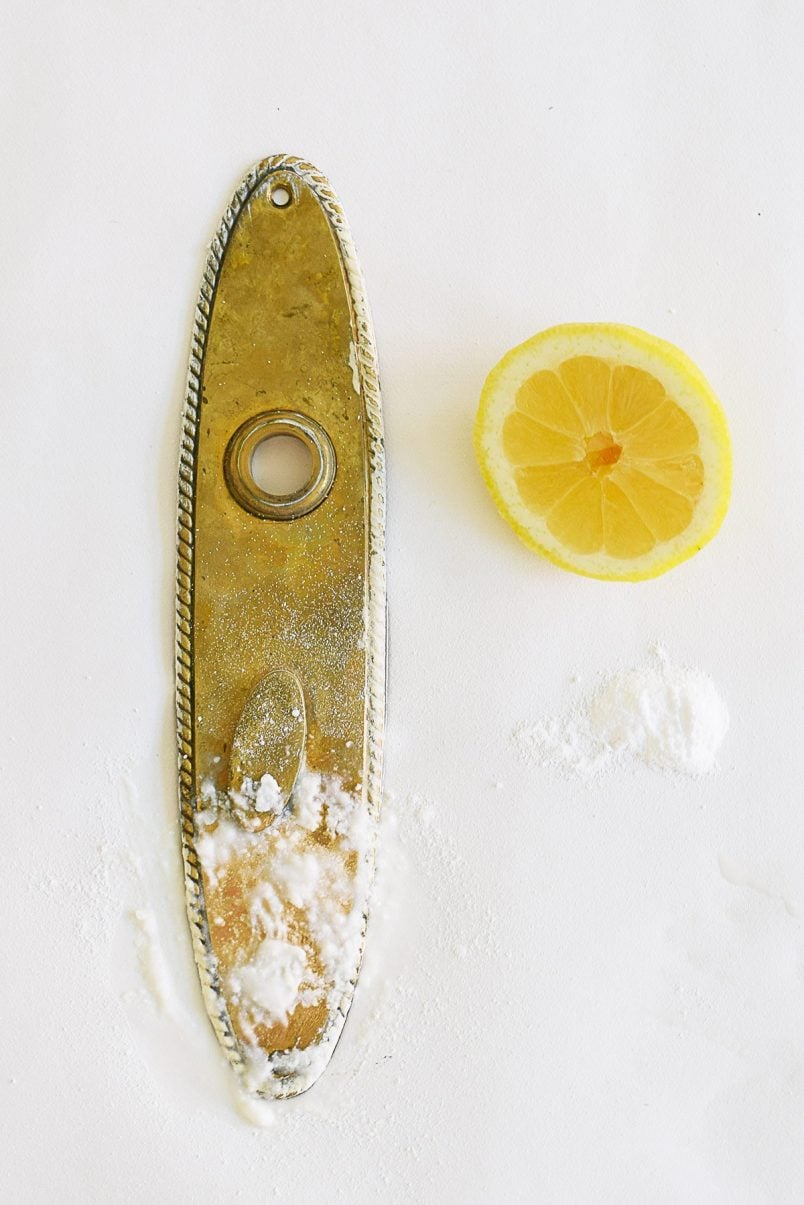
Almost instantly you can see the brass change colour and the dirt disappear. It really was quite amazing!
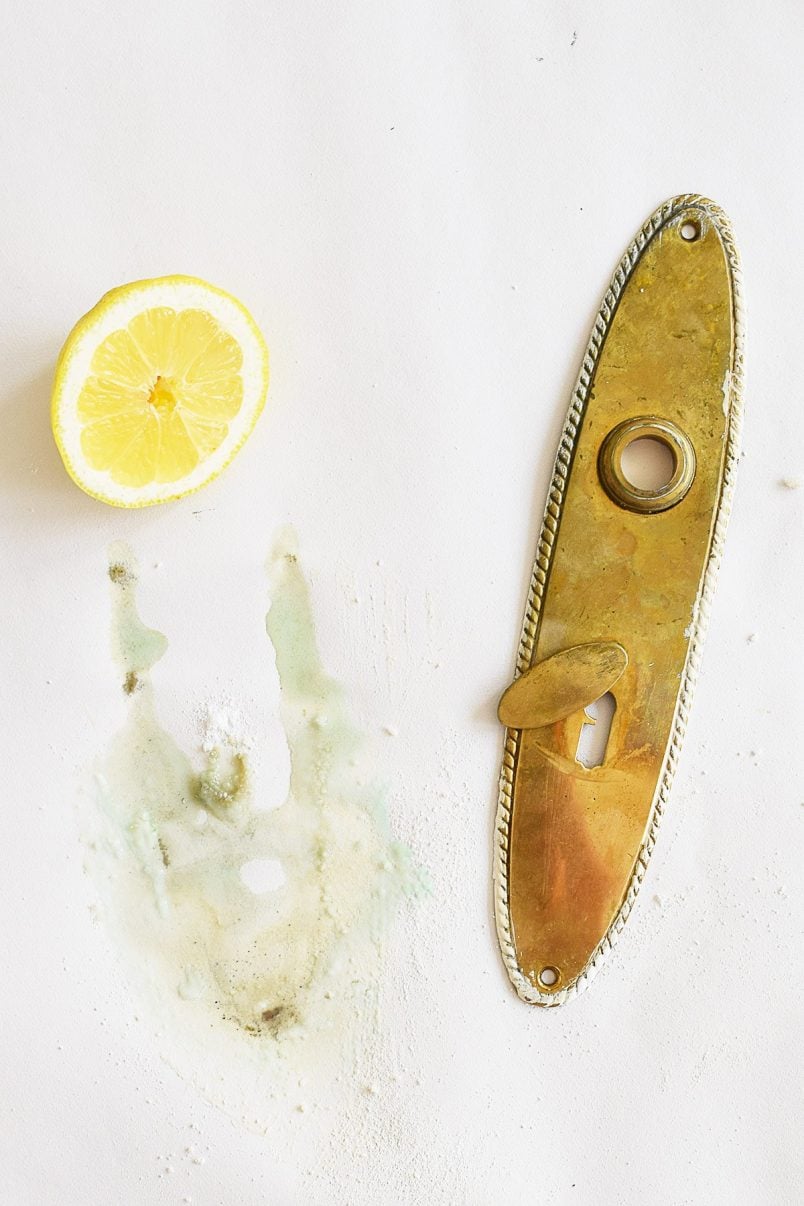
I would definitely recommend mixing the paste in a separate bowl and not attempting to mix it directly on the brass. The lemon juice seems to be really harsh and you could end up with a patchy result otherwise. You should also definitely give the brass a rinse under some warm water when you’ve finished cleaning it, too!
5. How To Clean Brass with Toothpaste
Admittedly this sounds like another weird method but we figured if yoghurt and ketchup clean brass why not give toothpaste a try, too?
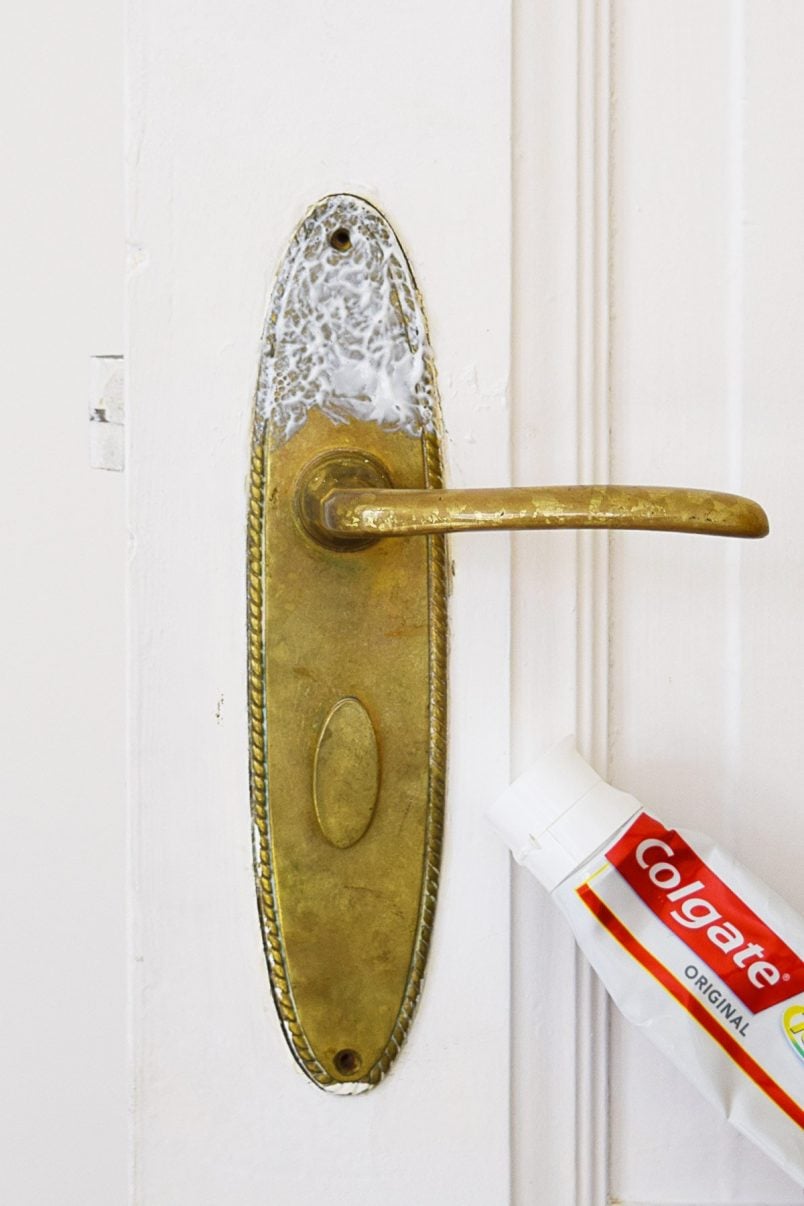
As with the other methods, we just smeared some toothpaste onto the brass and waited. Because the paste is thicker than both ketchup and yoghurt it somehow felt like it could work – but it didn’t.
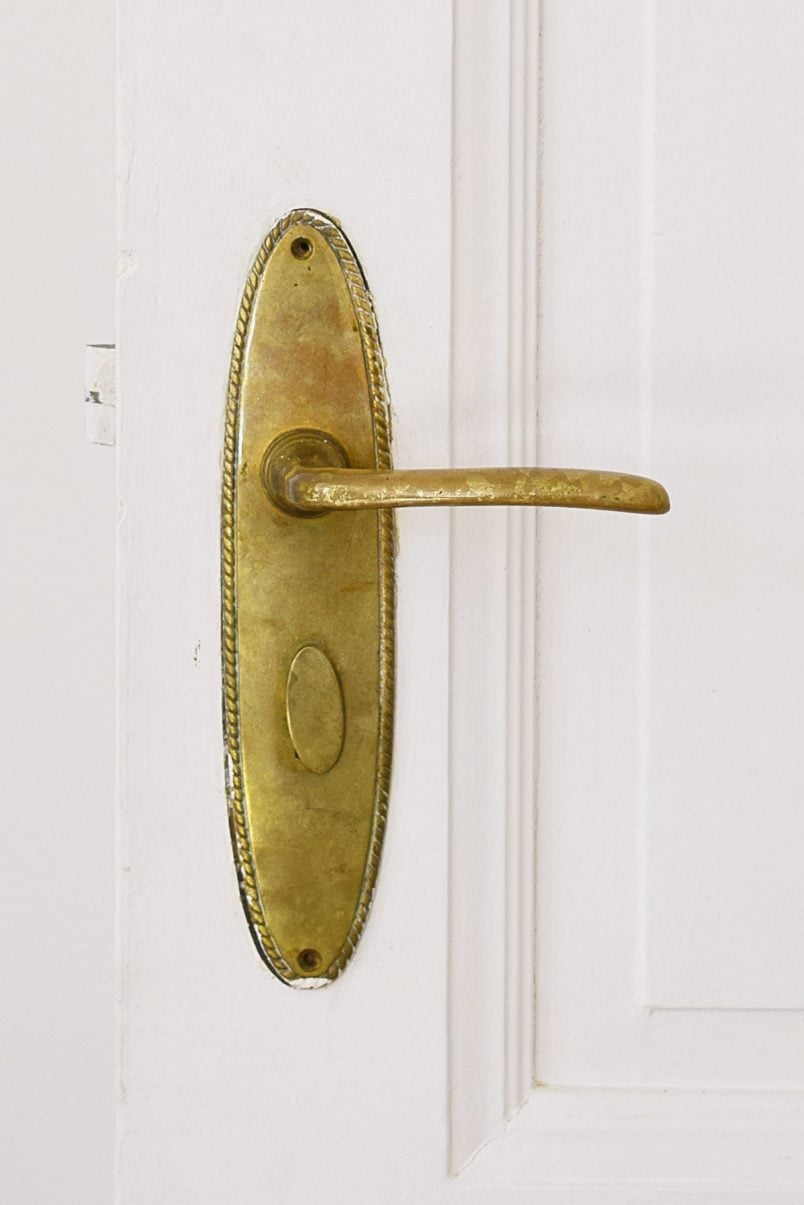
Out of all methods, we tried this one was by far the least effective. Basically, it didn’t work at all.
This post contains affiliate links. We only recommend products we love and think that you will, too! Read our full disclaimer here.
6. How To Clean Brass with Brass Polish
Given how well some of our (almost) free household brass cleaners worked I probably wouldn’t have bothered purchasing a proper brass cleaning product but figured that, for this comparison post at least, it only made sense to see how well a professional brass cleaning product would work compared to the other methods that I tested.
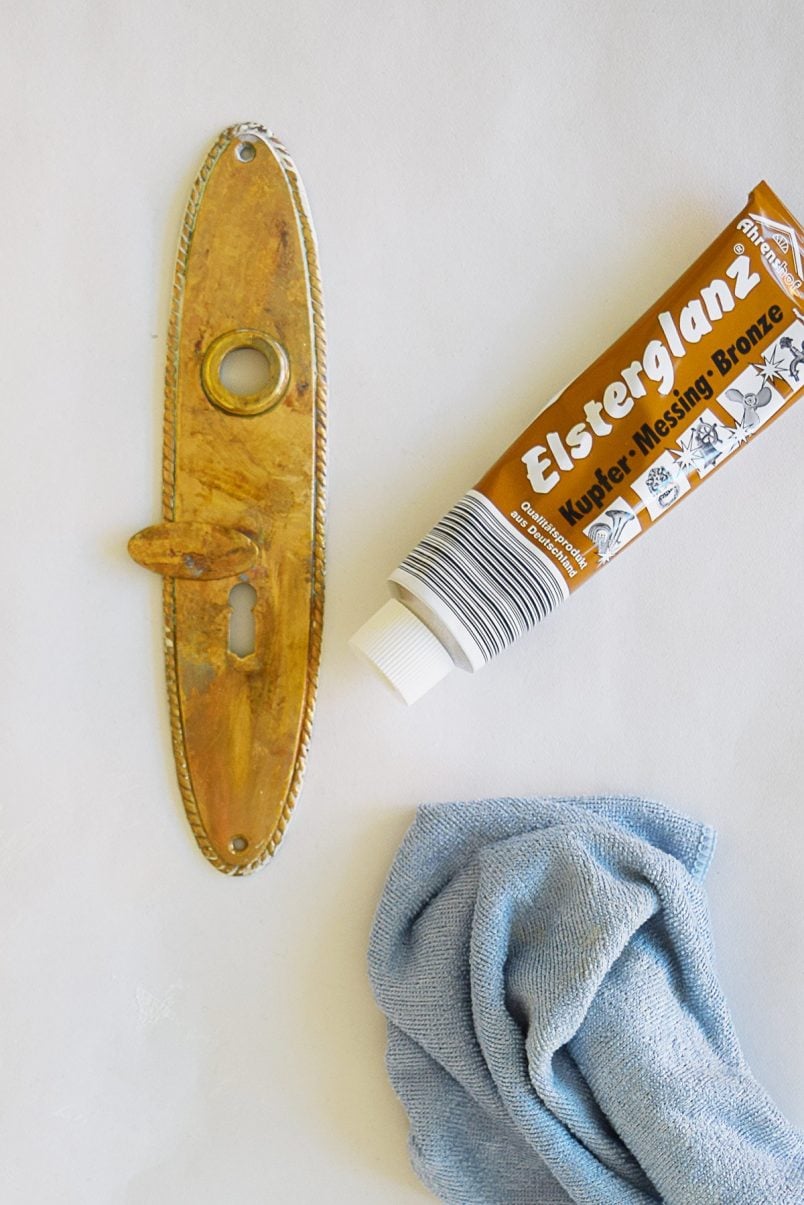
Following the instructions of the brass cleaner, I rubbed the paste over the brass and gave it a good polish with the provided cloth.
The cleaner worked really well and definitely left a much shinier and more even finish than the other methods I tried.
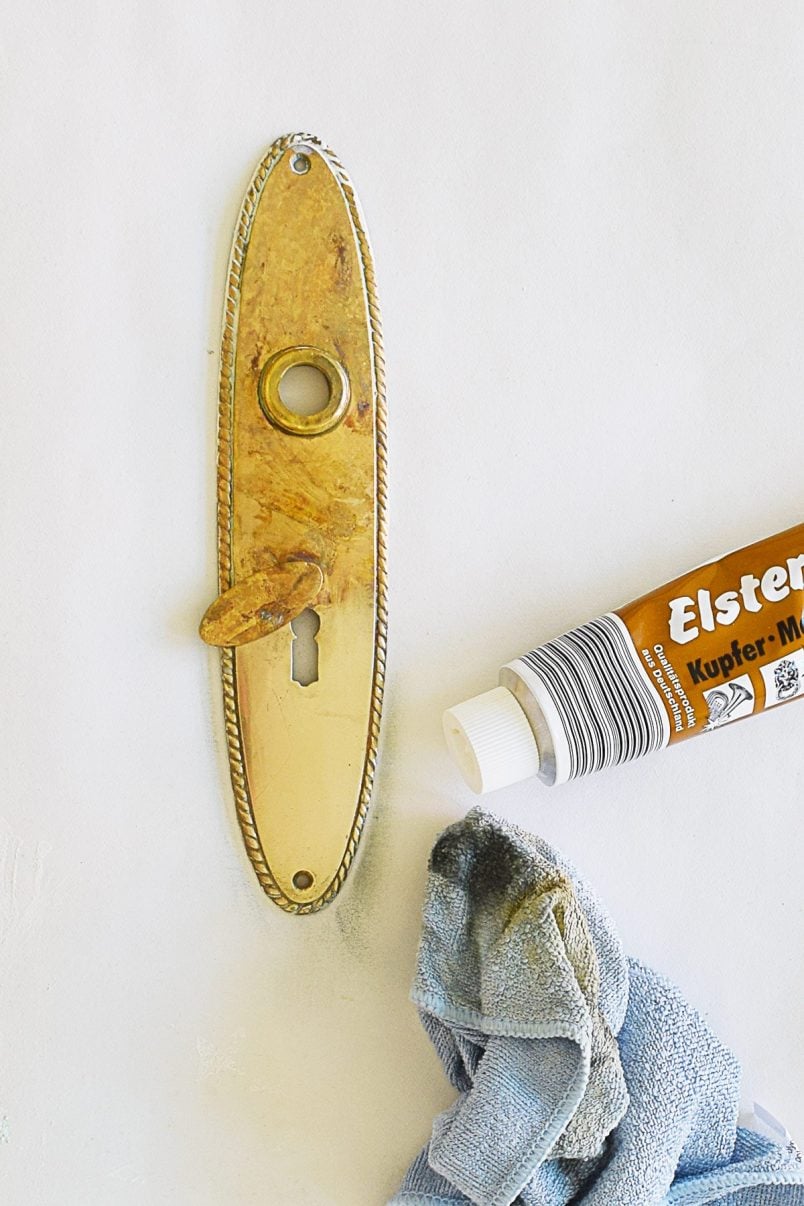
Having said that, it required a lot of muscle power to rub away the dirt on the very tarnished brass so I’d definitely recommend giving the item a clean with another method first and then switching over to polishing with a brass cleaner.
It wasn’t an expensive product and we have a ridiculous amount of door and window handles so it’ll definitely get used for day-to-day maintenance!
So, what is the best homemade cleaner for brass?
I have to say that I was surprised at how well most of the methods we tried worked. My favourite method though was the ketchup! Other than wiping it on and off the handles there was absolutely no work involved.

The shop-bought cleaner also worked really for polishing items and, as we already mentioned, left a much more even and shinier finish than we managed to achieve with any of the other cleaners (although that may not always be what you want to achieve, especially if you have a patinated antique!).
Here are the brass cleaning methods we tried in order of our preference:
1. Ketchup. Almost no work is involved. Cover the brass, wait and rinse off. Couldn’t have been easier! Ketchup is by far the best way to clean brass naturally.
2. Lemon Juice & Baking Soda. I really couldn’t decide which method I liked best and it was a close contest between the top 3. This method left a super clean and even finish (like the brass cleaner) and worked almost instantaneously with very little effort.
3. Yoghurt. This method worked as well as the ketchup.
4. Bass Cleaner. Worked well and left a shiny and even finish. I found it very tough to clean really dirty brass though and would recommend pre-cleaning it with another method before just using the brass cleaner as a polish. It’s also the most expensive method we tested.
5. Salt, Flour & Vinegar. Worked really well but inevitably it smelt a bit and was super sticky which meant it was the most work to clean (I’m being super picky here!).
6. Toothpaste. Basically, it just didn’t work at all!
Now that we have lovely clean door handles we just need to replace our missing ones. Luckily we have been making some progress on that front and hopefully, we’ll be able to share something soon! I may need to take out a second mortgage to afford them, though!
Have you ever tried any of these methods to clean brass? Do you have a random product that works well for cleaning brass (or anything else!)?
PS. As you can see, we’ve not yet cleaned off the messy paint that someone has kindly left all over our door handles. We will, of course, be cleaning all handles some more but for the sake of comparing which cleaning method works best (for day-to-day dirt), we figured we’d save the fun of stripping paint for another day!
FAQ
The best way to clean brass naturally is with ketchup. Cover the brass with a layer of ketchup and wait for about 20 minutes. You may have to wait a bit longer if your brass is badly tarnished. Then rinse off the ketchup and dry the brass completely.
After cleaning the brass thoroughly, apply some brass polish and buff the brass for a couple of minutes to give you a super shiny finish.


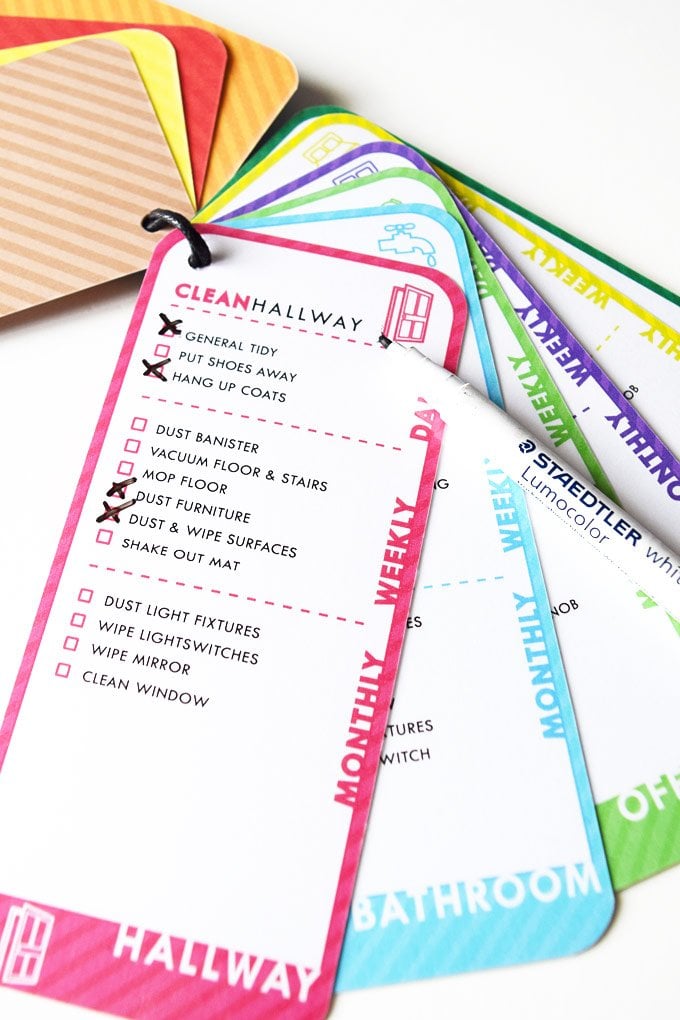
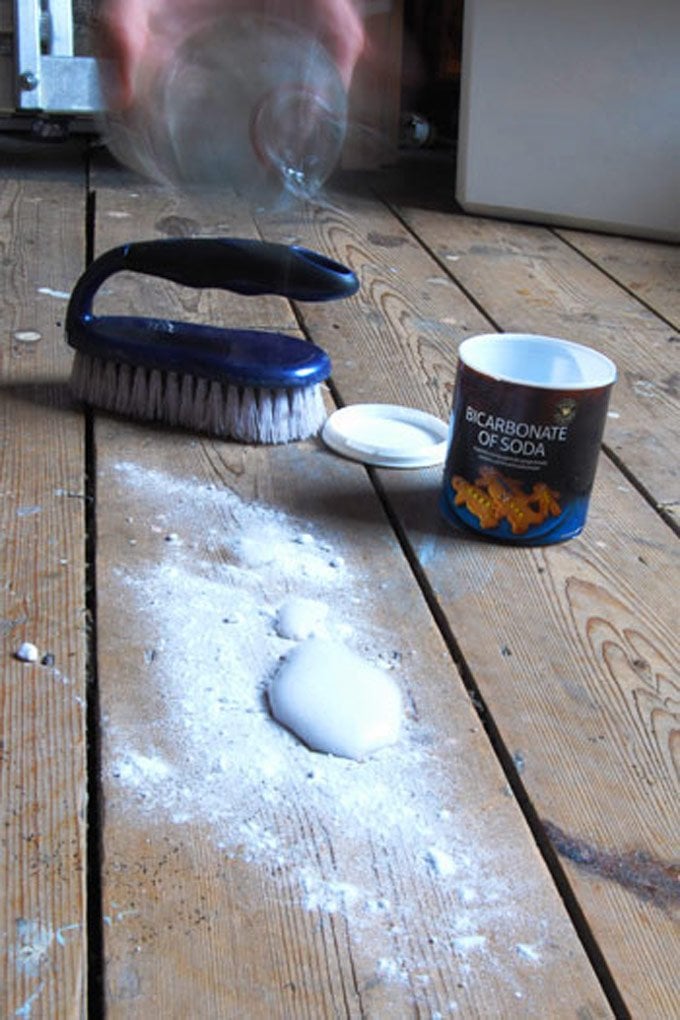
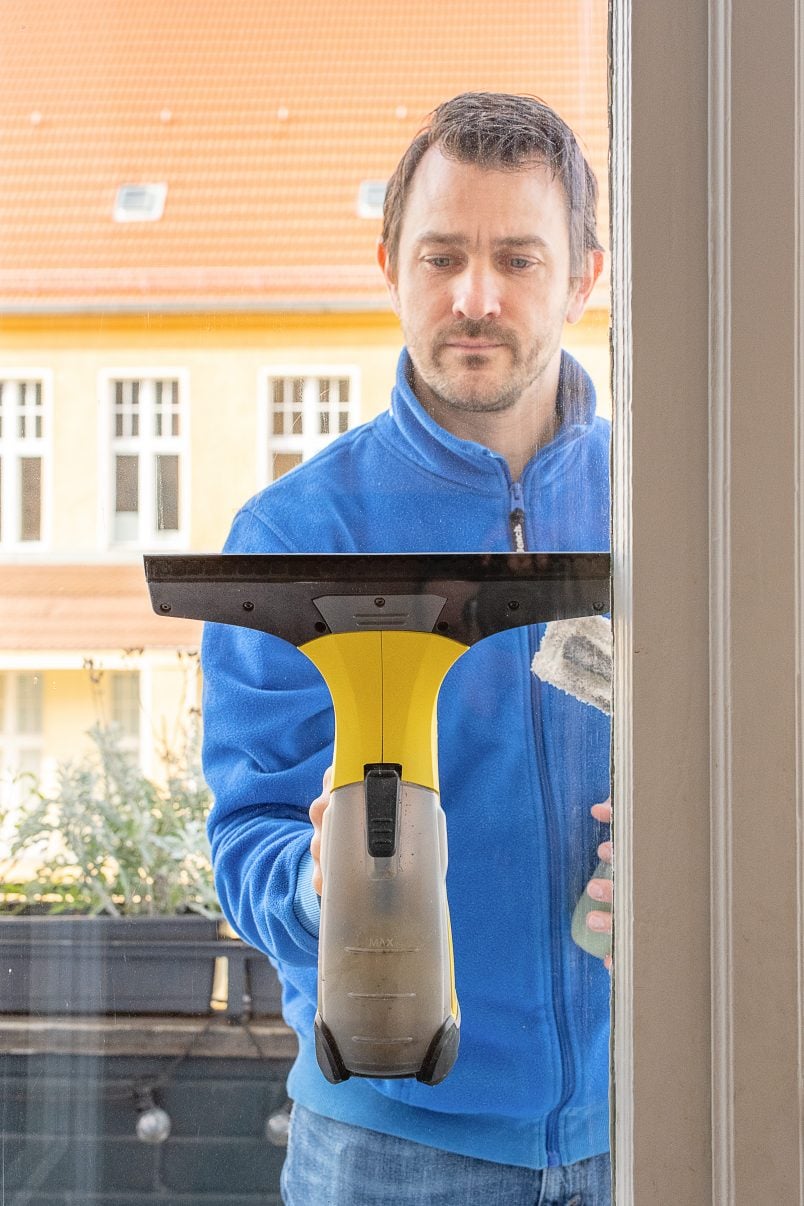
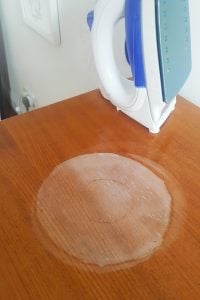

Lena says
I am going to try the ketchup on our antique and extremely tarnished brass and iron beds. My issue here is I cannot remove the brass to clean, but have to do it in place.
By the way, I use toothpaste to buff up my silver jewelry. A tiny dab does wonders to shine it up.
Thank you for sharing all your findings. Super helpful, especially with the before and after pictures!
Christine says
Thank you so much for the feedback, Lena. So glad to hear you found it helpful!
Good luck cleaning your bed and thanks for sharing the tip about the toothpaste.
Cx
Anna says
So I recently came across a steamer truck someone was fixing to throw away and decided to keep it myself and restore it. It’s in bad shape but still has some life in it. And went to Pinterest and started searching “How to restore a steamer truck” and came across your post. Thank goodness too. I tried the first one, the ketchup, and omg works like a charm. Who knew??? Another thought came across my mind though while I’m putting ketchup all over the rusted hardware. If ketchup gets all that off, imagine what it does to your teeth. So while it works like a charm, I personally will never eat it again, lol. Thanks for sharing, saved me a lot of hard labor.
Christine says
I’m so glad to hear it worked for you, too, Anna! I think it has something to do with the acid in the ketchup, so I wouldn’t worry about eating it :) I definitely eat a lot of things that are worse than ketchup :)
Cx
Martin Howell Thomas says
Not sure if you used American heinz tomato sauce but the UK version with is a different recipe didn’t work for me, some dirt came off but they are still dull and dirty. I’ll try the vinegar and salt next. Thanks
Christine says
We actually used German ketchup, Martin. I honestly didn’t even realise the recipe varies (although I’d assume it’s the same throughout Europe). It’s a shame it didn’t work for you – fingers crossed that one of the other methods works.
Cx
Daniel says
Toothpaste is fairly neutral and non acidic, but does contain micro-abrasives, so it works more like a polish than a work-free chemical cleaner.
Possibly the vinegar-bicarbonate-salt could be changed to vinegar-bicarbonate-toothpaste if you think the salt will scratch the surface.
Also in a pinch, you can use a good toothpaste on car headlights that have gone foggy as the micro abrasives make a very gentle polishing compound!
Christine says
I’ve used toothpaste to polish a scratch out of something before, so that makes perfect sense, Daniel.
Thanks for the tip about the headlights – I’ll keep it in mind.
Cx
Carnbyarst says
6 tried and tested methods that really work! Except that you say the sixth one doesn really work…????
Christine says
Well, you only really need one that works, don’t you?
Cx
Nancy says
Hello — I have similar handles to yours, but I’m afraid I’m stuck at step zero: how did your handle separate from the plate? Are there tiny screws at the base of the handle? Mine is covered with decades of sloppy painting, so I’m not sure where to look! Thanks for any suggestions.
Christine says
There should be a little screw (or something similar) under one of the handles. Loosen it, pull the handle off and then you can remove the plates. It can be tricky as, if they are as old as ours, are pretty firmly wedged onto the door mechanism. You might need to use some WD40 to be able to wiggle them off.
Hope that helps!
Cx
NANCY says
Thanks so much, I’ll have a go!
John Miller says
Amazing post! You have made cleaning brass items so easy .I’ve actually used ketchup and was impressed with the results, though I didn’t leave it on for any length of time. Just wiped it on and wiped it off. thank you!
Christine says
Glad to hear it was helpful, John!
Cx
Ross Ronald says
Thanks for this article. Just what I was looking for – Citric acid is the special ‘sauce’ in the tomato sauce and lemon recipes and another tip heard recently – blonde hair goes green in a pool? Wash it with Tomato Sauce!
Christine says
Glad to help, Ross! Love the tip about restoring green hair – I had a friend whos hair went almost completely green after a holiday we were on together (a long time ago), wish we’d known about that then!
Cx
A says
Thanks for this! Can’t wait to try the ketchup idea. Any tips for getting the paint off? We also have paint on our brass door handles :(
Christine says
The ketchup really works so well – was by far the easiest method we tried. To remove paint, you could try boiling your door handles. I know it sounds mad but apparently, it works really well!
Cx
Gay Neale says
I have a door knocker which has lots of little ridges. It’s antique and my late husband said cleaning it would be the bane of my life and he was right. No matter what you use, and l have every cleaner known to man, you cannot get the polish out of the ridges. I am going to try tomato sauce tomorrow.
Christine says
That really sounds like it would take forever to clean, Gay! I’m sure ketchup will do the trick though – I’d love to hear how you get on!
Cx
Shanaya says
Aaahhhh. Thank you for this post.
Christine says
You’re very welcome, Shanaya!
Cx
Fillbee says
Try HP sauce, it works, used it for years
Some old brass furniture parts have a coating these coatings will rub off with use in some areas, so when you clean the brass these protective coatings will not be removed an appear patchy. They must be remove to get an even finish.
Christine says
Oh, that’s a great tip! I’ll definitely give it a try next time. Thanks for sharing!
Cx
Gaylene Morrow says
Thankyou so much for your invaluable information. I restore old furniture and have quite a few brass knobs and handles. Of course they all looked worse for wear. Tonight I tried your tomato sauce and the results are amazing. I now have a whole lot of handles and knobs I can re-use instead of throwing them away or storing for the never never.
Christine says
Yay, I’m so glad our ketchup method worked so well for you, Gaylene! It’s amazing how quickly it cleans brass, isn’t it?
Cx
Anastasia says
I just cleaned my brass doorhandles with flour, salt and vinegar and now have these rose gold blotches everywhere. Any idea if any of these would help change it back to the brass/gold colour?
Christine says
That’s not a problem we had, Anastasia so I’m not sure if any of the methods we tried would help sort your problem. The only thing I can think of is to give them another thorough clean (with some water) to remove any residue and then maybe polishing them (possibly with a brass cleaner) to remove any problem areas. Brass is surprisingly soft and it can damage quite easily, so be super careful with any harsh cleaning products.
Sorry, we can’t be more help!
Cx
Nick says
The Rose Gold Sections are where the acid in the vinegar has leeched out the zinc and left the copper. Buffing with Brasso should bring back the gold colour
Carole Traill says
None of these worked for me ?
Christine says
Oh, that’s such a shame, Carole! Are you 100% certain what you’re cleaning is brass? Ketchup worked so amazingly well for us – even on our outdoor door handles which were completely black!
Cx
Ali says
Wow – your piece on cleaning brass was SO useful. I just had a bed delivered from ebay and was really disappointed to find that brasso made no difference at all to the dull metal. I actually decided that it wasn’t brass at all. However, leaving a splodge of tomato sauce on the metal worked like a miracle. I’m now trying yoghurt. Thank you. Ali
Christine says
Thank you so much for your feedback, Ali! I’m so glad the ketchup worked for you, too – it sounds like it’ll completely transform your new bed!
Cx
Ell Bee says
Do you know what to put on the brass after polishing to retard tarnish?
I have a huge (36 inch) antique brass tray displayed on a wall. It doesn’t get regular use to keep the tarnish away.
Christine says
Sorry, I don’t know what would keep it tarnish free. Having said that, once it’s clean it’s just a quick buff to get it looking good again.
Cx
Mel says
We have a lot of tarnished brass door furniture and I have very successfully used ketchup followed by Brasso to clean it up thanks to your blog post. The great thing about ketchup is that you can use it with the brass in situ if you need to as it doesn’t drip off. Did you know that lemon juice and salt is great for shifting rust?
Christine says
So happy to hear that our post was able to help you. It’s amazing how well the ketchup works isn’t it, Mel?
I didn’t know about the lemon juice and salt for rust – will definitely give it a try. Thanks for the tip!
Cx
Lins @ Boo & Maddie says
What a genius post! I love trying to find more natural alternatives to cleaning dilemmas and I have to say, ketchup is a hero. Did you also know that it’s king at getting rid of the potent smell of fox poo on a dog?! Far more effective than a bath and dog shampoo, even! X
Christine says
It’s amazing how much better the natural alternatives sometimes are! I can honestly say, I’ve never even thought about how to remove fox poo! ;) Good to know though (especially as a dog of our own is still high up on our wishlist!)!
Cx
Gerry says
Nice experiment! FYI toothpaste is a very fine abrasive so it’s supposed to be used as a polish. It’s not acidic like the others; you can’t just smear it on and leave it.
Christine says
I’d assumed as much, Gerry. But even when I give the handles a proper scrub with the toothpaste it just didn’t take off any of the grime. I guess I’ll just have to stick to cleaning my teeth with it ;)
Cx
Gerry says
Yeah it’s so fine it’s only used as a last-stage polish to get a mirror finish. Very useful on soft materials like plastic, to avoid even tiny scratches. It’s no use as a general cleaner and rough polisher.
Christine says
Good to know, Gerry!
Cx
Jeanene Rae says
Tried the paste of vinegar,salt and flour. It worked really well, got all the green yuk off, rinsed and left it to dry overnight. Next morning all the green was back. What can I do to stop, the green yuk returning.
Christine says
I’m not sure why the green came back as it’s not a problem we had, Jeanene. I’d definitely recommend drying the brass straight after washing it though! Maybe that has something to do with it? You could also use some brass polish to give it a buff once you’ve removed the majority of the dirt.
Cx